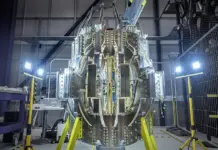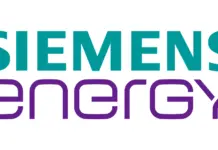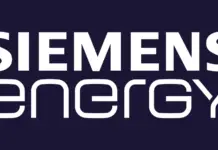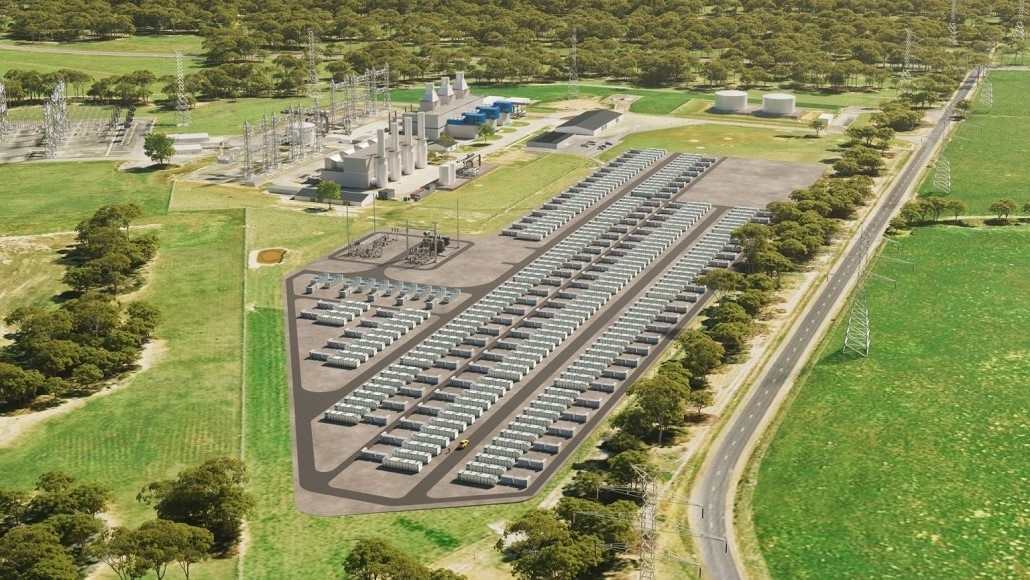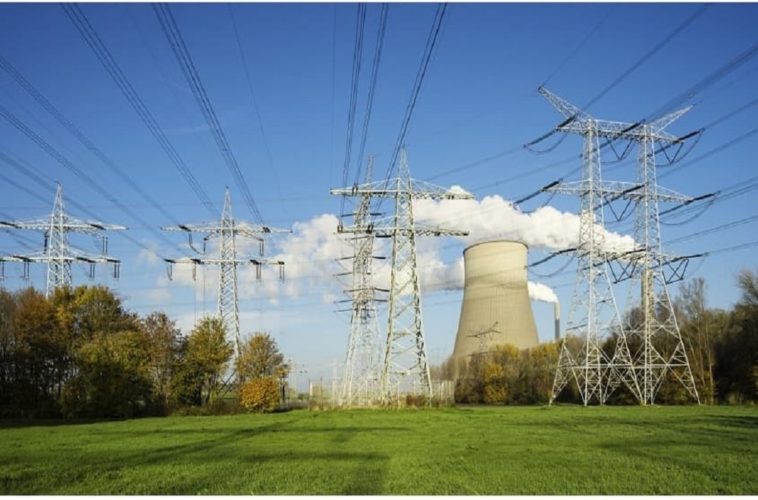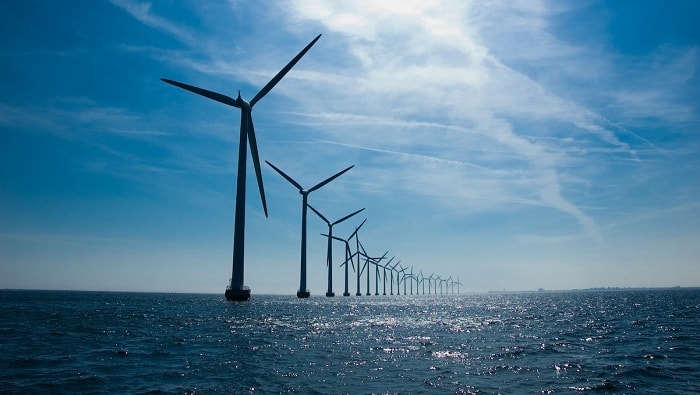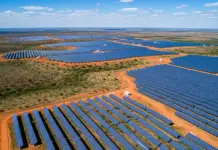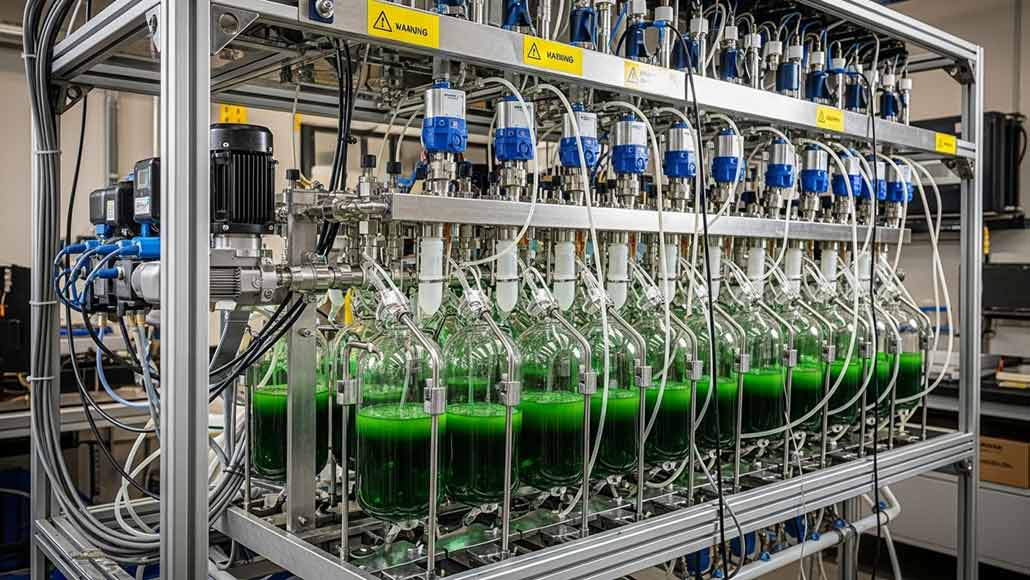Well, it isn’t an exaggeration anymore. Turning sunlight directly into fuel is almost becoming real, as the scientists have gone ahead and developed a molecule that can go ahead and hold enough energy so as to mimic the way plants capture the light.
It is well to be noted that this discovery happens to address one of the biggest barriers to breakthrough in artificial photosynthesis, which is a tech that has long been seen as a carbon-neutral fuel source potential. Apparently, unlike the conventional renewables that generate electricity, breakthrough in artificial photosynthesis would make fuels that can get stored and also be used in ships, planes, and heavy industry – sectors which are indeed a challenge to electrify. The breakthrough study, which has been published by one of the University of Basel’s team, goes on to show how a specially designed molecule can actually store four charges of energy coming from light – two positives along with two negative – and that too in a balanced state. It is well to be noted that the storage of multiple charges is indeed a necessity due to the fact that most fuel-making reactions, like splitting water into hydrogen as well as oxygen, happen to need more than one electron at one time.
Up until now, there have been attempts that are made so as to replicate photosynthesis in the lab, and these attempts have depended upon intense laser light, which happens to be far stronger as compared to natural sunlight. The new molecule can go ahead and hold many charges, and that too under much dimmer conditions, close to the ones that are found outdoors, and keep them stagnant enough to be made use of in chemical reactions like splitting water into hydrogen as well as oxygen.
Interestingly, the molecule happens to be built from five connected parts, each playing a role. There are a couple of units on one side that release electrons, hence becoming positively charged. Apparently, two on the other side go ahead and absorb electrons, hence becoming negatively charged. It is worth noting that in the center sits a light-absorbing unit, which goes ahead and kickstarts the process. After the two exposures to light, the molecule goes on to hold two positives as well as two negative charges, hence effectively bottling solar energy within a chemical form. According to Mathis Brändlin, doctoral student and also the lead author of the study published in Nature Chemistry, this kind of stepwise excitation happens to make it possible to use prominently dimmer light. Due to this, they are already moving much closer to the sunlight intensity.
However, all this does not mean that the researchers have actually created an operational artificial intelligence photosynthesis system, but Brandlin’s supervisor, Prof. Oliver Wenger, remarks that they have indeed gone on to identify as well as execute a very significant grid in the puzzle.
Interestingly, artificial photosynthesis has already been regarded as the holy grail when it comes to clean energy due to the fact that it would create carbon-neutral fuels. Unlike the batteries, which are in a way heavy and costly to store at scale, liquid fuels can very well be made use of across ships, planes, and even heavy industry, where the electrification happens to be quite a steep challenge. They could also get shipped across the world by way of the present infrastructure, hence offering yet another choice to fossil fuels, which do not add new carbon when it comes to the atmosphere.
Notably, burning them would release just as much carbon dioxide as the amount that was absorbed to produce them, hence effectively closing the loop. It could also go ahead and solve the intermittency challenge of renewables by way of storing the solar power in the form of liquid for usage when the sun doesn’t shine.
As for the projects across the US, Japan, and Europe, most of them still remain very much confined to labs or, for that matter, small test sites; however, there are still many who have actually demonstrated some growth. The fact is that Japan has invested quite heavily within the gamut of photocatalyst research, which, by the way, happens to be a part of its hydrogen strategy, whereas the European Union has funded Sun-to-Liquid projects that are aimed at producing jet fuel from sunlight. US laboratories have also come up with prototypes when it comes to solar-driven hydrogen production. However, the scaling up has been a bit cold, both due to the efficiency losses and the cost of materials.
As the worldwide demand for energy keeps growing and the fossil fuels go on to remain quite dominant in sectors such as aviation as well as shipping, researchers say that the requirement for storable along with carbon-neutral fuels is immediate.
As per Mr. Weger, they do hope that this is going to help them contribute to certain new prospects so as to get a sustainable energy future.


